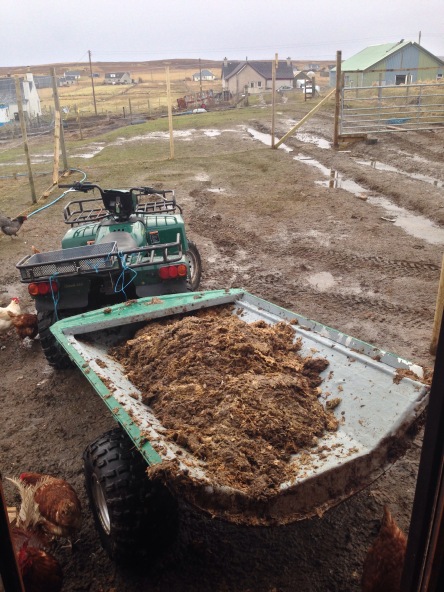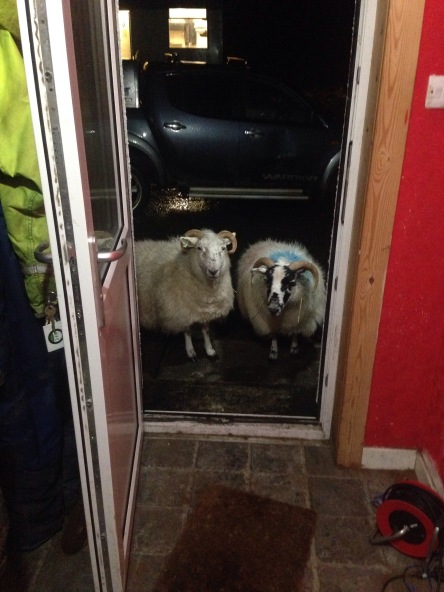Tonight I did something that I’ve never done before; I wrote the following letter to the Cabinet Secretary for Rural Affairs, Richard Lochead. I must be getting old!
A’ charaid choir
Bliadhna mhath ur an toiseachd. Like many crofters, I today welcomed the opening of the new CCAGS scheme, which provides a vital mechanism for active crofters to make capital improvements. I was, however, dismayed when I realised that CCAGS applications would now require three quotes.
Previously, CCAGS had a very sensible rule that meant that an application for funding of less than £2000 required only one quote. For some reason, this was removed in the past two years and all applications required two quotes.
This inclusion of a third required quote provides crofters with an additional layer of, in my opinion, unnecessary administration. Crofters already have to deal with European, UK and Scottish Government paperwork and this bureaucracy seems to be never ending. In my own experience, it is the most active crofters who apply for CCAGS, and it is the most active crofters who have the least amount of time to deal with additional, unnecessary paperwork.
As a crofter, I have recently completed an economic survey (the findings much celebrated by the Scottish Government) and also the crofting census. I will shortly receive my annual Sheep census form and then my IACS form. This is an additional level of bureaucracy does little to encourage people to remain in crofting, or young people to enter into crofting.
I believe that this will have a negative impact on crofting, and on crofting communities. As well as discouraging applications, I believe there will be a negative social impact. Crofters are often part of small, close-knit communities and guidelines drawn up in an office fail to take this into account.
If a Crofter is applying to CCAGS for some fencing, those is small communities tend to know who will carry out the work before they apply. Three fencing contractors must be approached, but contractors 2 & 3 already know that they will not be carrying out the work, should it be approved. Why would a self-employed contractor be willing to waste more of his (unpaid) time providing quotes for work which he will never carry out. This will have nothing but a detrimental effect on small communities. For items such as fencing, SGRIPD staff already have guideline rates for work, so quotes are almost identical anyway – further waste of time!
I request that the scheme for one quote for applications under £2000 be reinstated, and that all other applications return to a two-quote requirement.
I would also like to know where the requirement for a third quote came from; my understanding, following a discussion with a civil servant, is that there is still uncertainty as to whether European funding will be used to pay for CCAGS, so I take this to be an internal Scottish Government decision.
I look forward to your reply
Leis gach dùrachd
Dòmhnall MacSuain



















